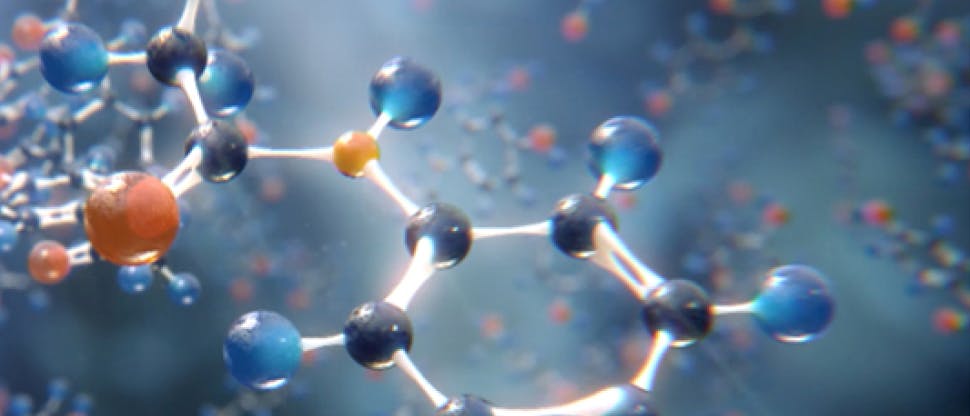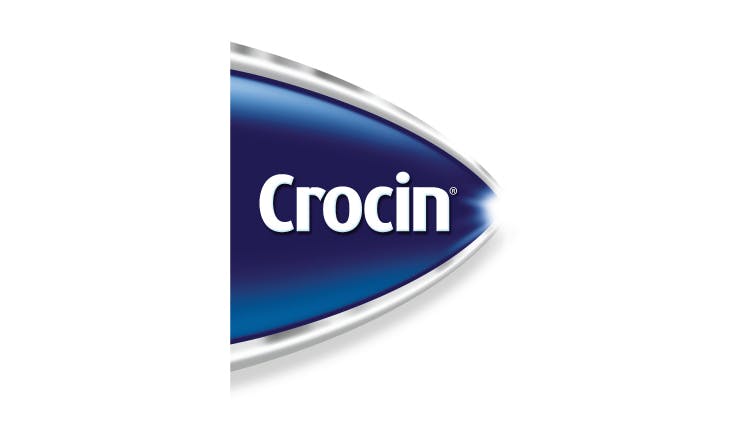The science of caffeine and paracetamol

Paracetamol exerts its analgesic and antipyretic effect by inhibition of prostaglandins.1 On the other hand, the antagonism of adenosine receptors and inhibition of cyclo-oxygenase activity at some sites may explain caffeine’s adjuvant properties.2,4

Paracetamol basics
Paracetamol or acetaminophen is one of the most used analgesic and antipyretic over-the-counter drugs globally.1
Do you know that contrary to popular believe, caffeine is not considered an addictive compound?3

Caffeine basics
First discovered in 850 A.D., caffeine was extracted as an active compound in 1819. It is the most common legal psychoactive drug and is a chemical relative of theophylline (used in treatment of asthma).2,3 Known for some of its effects such as increasing metabolic activity and heart rate, alertness, wakefulness and concentration, it is now combined with analgesics to increase absorption from the stomach. 2,3
Discover the Crocin range with paracetamol and caffeine

Crocin Pain Relief
With a dual “active” formulation that fights tough pains such as headaches,5,6 and dental pain7
Learn more
Headaches
Learn more about how Crocin’s Optizorb technology can provide rapid action against pain

Expert tips for counseling patients
A simple to use tool to help you counsel your patients/customers on appropriate medication use, tailor made for pharmacists.
